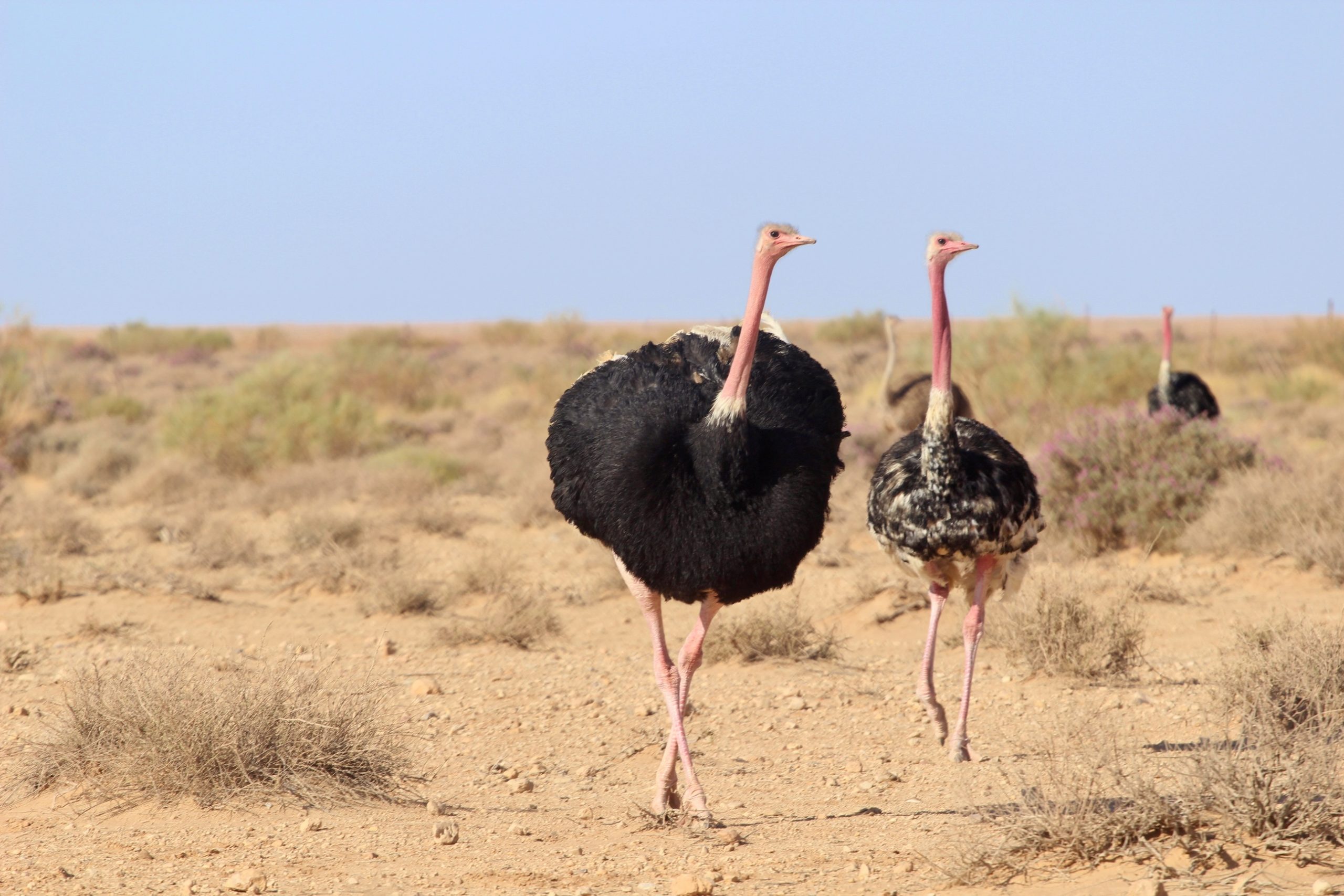The North African, red-necked ostrich—the world’s largest bird—is also one of its most critically endangered. Only a few hundred are scattered across its vast African habitats.
However, Friends of Animals, the Senegal National Parks Directorate and the Israel Nature and Parks Authority have partnered to bring them back from the brink of extinction.
Earlier this month, 18 North African, red-necked ostrich eggs were transported 3,500 miles from the Hai-Bar Arava Wildlife Reserve in Israel to Senegal in West Africa where they have been loaded into an incubator closely monitored by park rangers. The first hatchings are expected around May 1.

FoA-financed deliveries will bring a total of 60 eggs to Senegal. The project is part of a much larger effort to restore the ecosystem of the Ferlo, the Senegalese part of the African Sahel, which has been decimated by overgrazing from livestock.
The Ferlo North Wildlife Reserve, a protected, enclosed habitat, currently consists of 12,355 acres exclusively reserved for wildlife and nature conservation. FoA and the SNPD have also collaborated to create vegetable gardens as new sources of nutrition for nine villages adjacent to the reserve.
“It’s a holistic approach,” said Priscilla Feral, president of Friends of Animals. “Our principal mission, simply put, is to be a friend to animals. But to do this, we need to appreciate that most of the harm inflicted on wild animals is caused by human mismanagement resulting in habitat destruction and climate change, not to mention exploitive industries. In the case of the North African, red-necked ostrich, the fashion industry nearly wiped them out. Solutions need to be comprehensive.”
The demand for ostriches —from haute couture fashion houses in Paris coveting their feathers to manufacturers in Dallas wanting their skins for cowboy boots—caused their numbers to plummet. Lucky for the red-necked ostriches, the Israelis protect a small but fecund population, and they were eager to help the Senegalese restore their wild populations. A team of Senegalese rangers visited the Hai-Bar reserve and received technical training in the care of ostrich chicks.
The North African, red-necked ostrich grows to an impressive nine feet and weighs 340 pounds. A recent month-long field survey across 8,000 square miles of prime habitat in Senegal produced disappointing evidence of only about a half-dozen. Other countries in the species’ range admit similar worrisome numbers.
“We aren’t counting our ostriches before they’ve hatched, but we are hopeful this project will bolster the North African, red-necked ostrich population,” Feral said. “In 1999, with the same partners, we embarked on a scimitar-horned oryx reintroduction project—the animals had been declared extinct in the wild. Eight oryxes—three males and five females— were transported from the Israeli herd to Senegal, and today 550 stand on their ancestral Sahelian landscape.”

